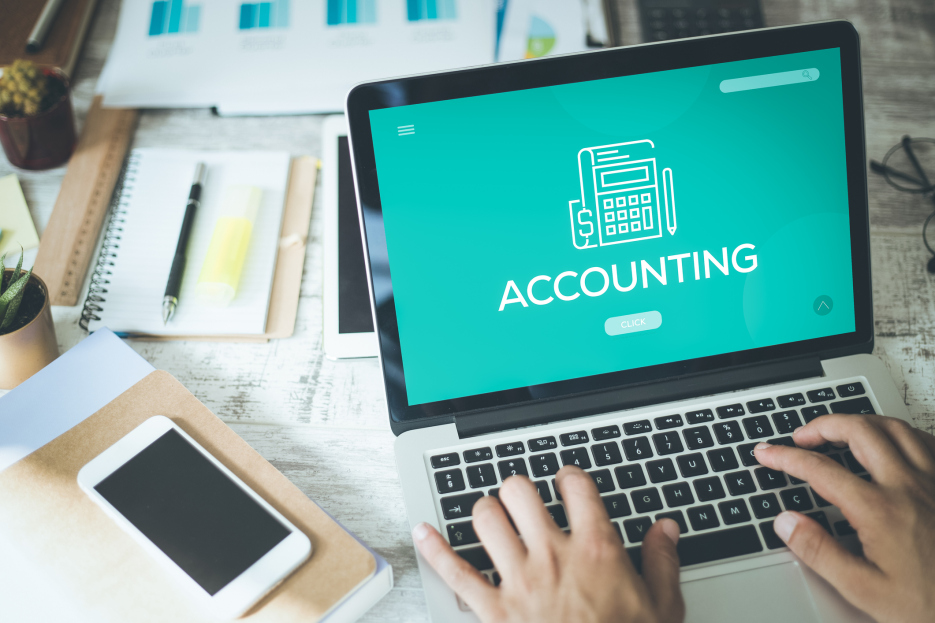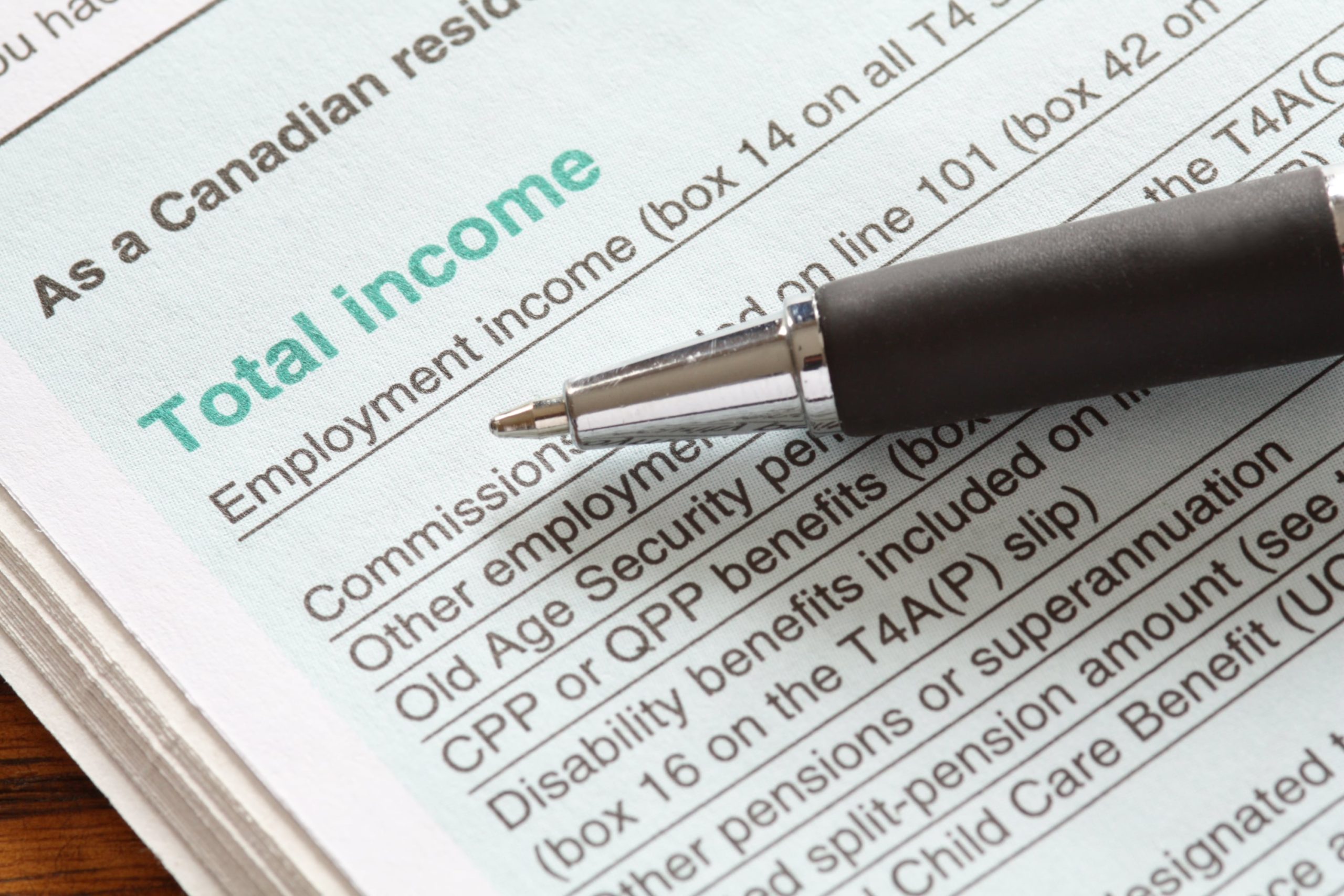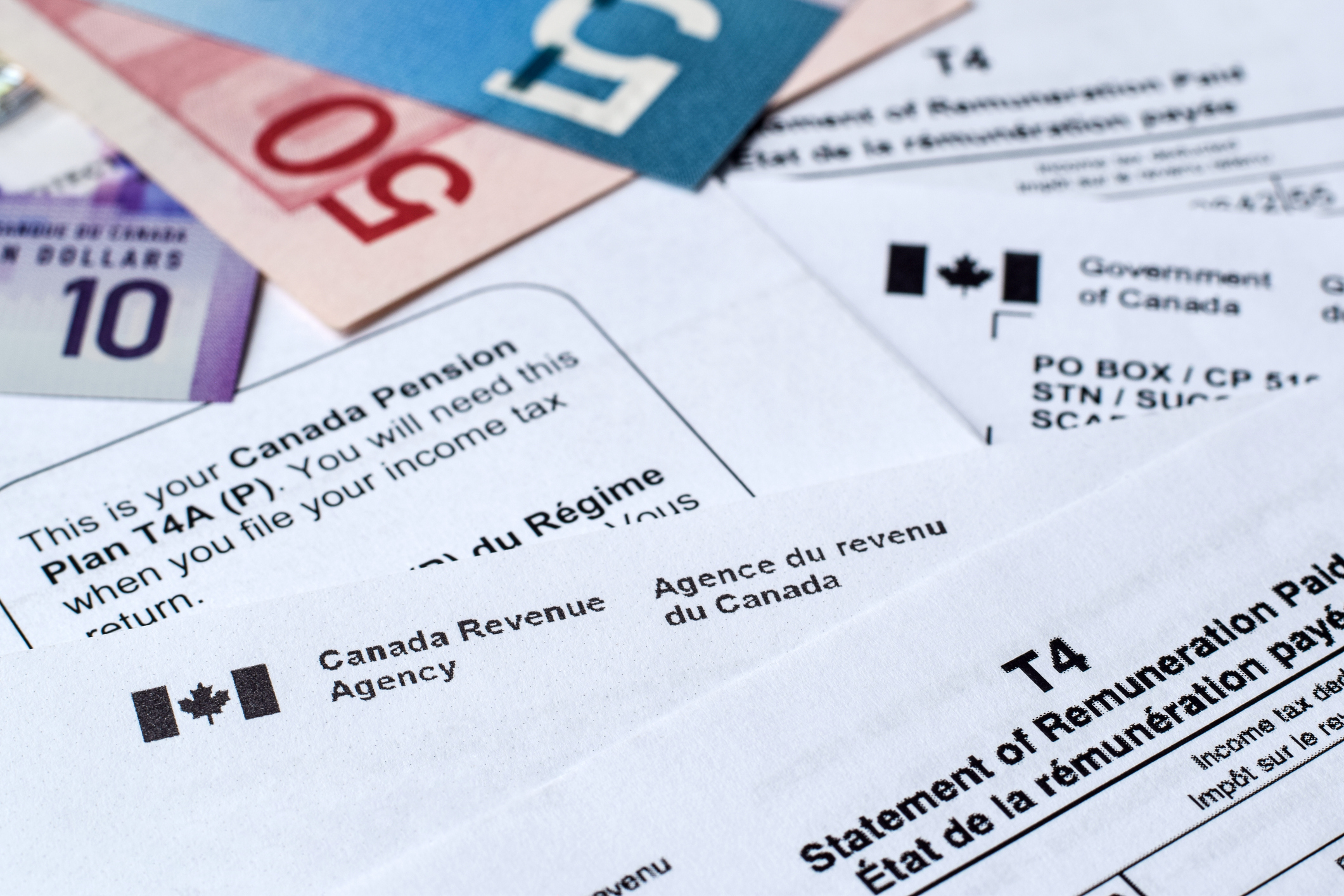Strategic Planning & Business Consulting
Basic accounting terms every business owner should know
June 1, 2022

Have you ever felt like you needed a translator to understand accounting? It’s okay if you agree. While accounting is an integral part of life, it can be obscure to non-accountants.
To help you feel more confident about managing your businesses finances, DiPaola Di Pietro & Little Professional Corporation have created a list of 20 basic accounting terms along with their definitions and abbreviations. You can review them all now–or bookmark and save them for later!
20 common accounting terms, explained
ACCOUNTS PAYABLE (AP)
Accounts payable include all the expenses of a business that have yet to be paid. They’re recorded as a liability on the balance sheet (we explain this further down) as they demonstrate debts owed by the company.
ACCOUNTS RECEIVABLE (AR)
Accounts receivable include all the revenue a company has but hasn’t collected payment on. It’s noted on the balance sheet as an asset that will likely lead to cash in the short term.
ACCRUED EXPENSE
An expense a company needs to account for that has yet to be paid and lacks invoices. Simply put, an accrued expense is an expense a company knows they must pay, but can’t until they’re given a bill.
ASSET (A)
Any resource with monetary value that is owned by an individual or company. Examples include real estate, cash and investments.
BALANCE SHEET (BS)
A financial statement that provides a snapshot of a company’s liabilities, assets and shareholders equity at a specific time. A balance sheet is one of the financial statements used to evaluate the financial health and worth of a company.
CASH FLOW
Cash flow describes the cash and cash equivalents that are transferred in and out of a business. Cash received represents inflows and money spent represents outflows. Positive cash flows ultimately determine a company’s ability to create value for shareholders.
DEPRECIATION
Depreciation is a method used to distribute the cost of a tangible or physical asset over its useful life. It allows companies to earn revenue from the assets they own by paying for them over a given period of time. Since companies don’t have to account for them entirely at the time of purchase, the immediate cost of ownership is significantly reduced.
DIVIDENDS
Company earnings, or profit, a business pays to shareholders as a reward for their investment in its equity. Dividends can be distributed as cash or additional shares. Shareholders can also receive a single dividend or several scheduled dividends.
EQUITY (E)
A company’s total assets minus its liabilities. It demonstrates the value of a company if all its current assets were liquidated, and all its outstanding debts paid off. Equity can consist of both tangible–buildings and cash–and intangible–copyrights and brand recognition–assets.
FIXED COST
Expenses that don’t vary when sales or production volumes increase or decrease. Examples of fixed costs include payroll, rent and insurance payments.
GENERAL LEDGER
The complete record of financial transactions made over a company’s life. A general ledger is used to prepare other financial statements.
GENERALLY ACCEPTED ACCOUNTING PRINCIPLES (GAAP)
A set of accounting principles, standards, and procedures established by the Accounting Standards Board (AcSB). The GAAP ensures a company’s financial statements are complete, consistent, and comparable.
GROSS MARGIN (GM)
The amount of money a company retains after incurring the costs related to production. The higher the gross margin, the more profit a company retains.
INCOME STATEMENT (PROFIT AND LOSS) (IS OR P&L)
An income statement provides information about a company’s expenses and revenue during a given period of time. The statement offers important insight into the financial health of a company.
LIABILITY (L)
A liability is something a person or company owes, like a loan or mortgage. Liabilities are settled through the transfer of money, services or goods.
LIQUIDITY
Liquidity refers to how effortlessly an individual or business can convert an asset into cash without affecting its market price. The most liquid asset is cash as it can easily convert to other assets.
NET PROFIT MARGIN
Net profit margin measures a company’s percentage of profit on each dollar of revenue. It demonstrates how much of a dollar in revenue translates into profit.
RETURN ON INVESTMENT (ROI)
Return on investment describes the returns on various projects and objectives. For example, if a company spent $500 on marketing that produced $1,000 in profit, the company could state the ROI on marketing is 50%.
REVENUE (REV)
Revenue, also known as turnover, is the total amount of income a business makes through normal business operations at one point in time. This includes cash sales, credit purchases, subscription fees and interest income.
VARIABLE COST (VC)
Expenses that change depending on the level of production.
***
Are you still feeling overwhelmed with your business’s accounting? Let us help! DiPaola, Di Pietro, & Little Professional Corporation offers a range of accounting, assurance, taxation, and business advisory services to a whole host of industries. To request an appointment, give us a call at (905) 680-8669 or visit our website by clicking here.



